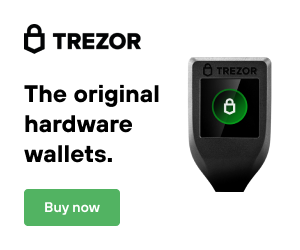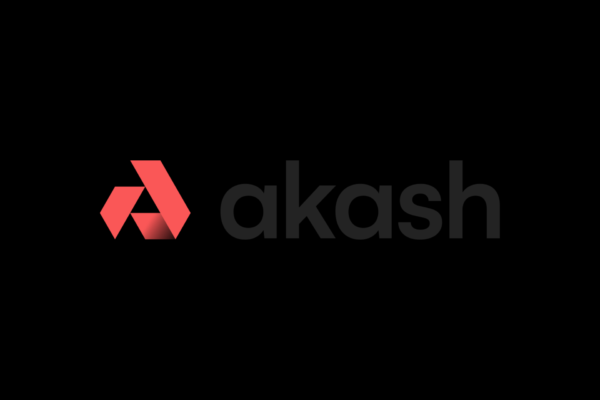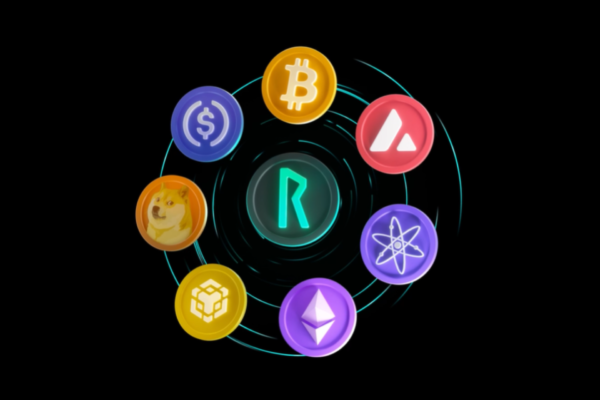This article is a fundamental review of the ATOM token built for the Cosmos ecosystem. Is ATOM worthy of a long-term macro investment? Use this research to assist in building your thesis, and to help form your own unique opinion.
Cosmos Summary
Cosmos is billed as the “internet of blockchains”, an ecosystem built for interoperability from its foundation. Each blockchain built using the Cosmos development kit is a unique blockchain that boasts the Inter-blockchain communication protocol (IBC) which Cosmos is famous for [1]. Cosmos also offers some of the most popular blockchains of today including Binance Smart Chain, Crypto.com/Kucoin blockchains and Oasis network. Cosmos allows developers to create blockchains that are not simply smart contracts to interact on other developers blockchain. The smart contract-based chains/apps of the past suffer from congestion, high fees, and other maladies.
Cosmos offers the solution of a million unique blockchains interacting, rather than a million apps on one blockchain. Cosmos also aims to build autonomous, uncensored social media platforms that benefit from the immutability of blockchain technology. Cosmos can unlock global decentralized trade, NFTs that are not controlled by a third party, and the Cosmos Hub which utilizes the ATOM token.
The Cosmos Hub is designed to provide shared security, interchain bridges and secure custodial services. These main services provide incentives for other chains to connect to the Cosmos Hub. Cosmos provides a great analogy >> “Just like a port city is valued by the amount of trade that flows through it, the Cosmos Hub’s value is measured by the blockchain economies that conduct business on the Hub through IBC” [1].

ATOM Token
ATOM is the native token for the Cosmos Hub, the token secures the network much like other proof-of-stake tokens. If you have read our other articles, you will know that proof-of-stake requires much less energy. ATOM stakers currently receive about 10% rewards yearly in more ATOM tokens. Those who stake ATOM receive some rewards from transaction fees, and more from the inherent inflation within the token economy. ATOM is required to become a validator to set up a node for staking. Individual ATOM investors can choose a validator to stake to for the ~10% APY mentioned above.
ATOM has no supply cap and carries a high-inflationary model. This typically is not something we look for, but the overall use case for ATOM becomes substantial as more blockchains connect to the Hub. Cosmos intermittently airdrops other tokens than ATOM to long-term stakers of the project, this can be incredibly lucrative during market uptrends. Depending on the altcoins airdropped, this could be reason enough to stake ATOM. ATOM is not required for fees on Hub blockchains since the protocol can swap for other tokens users hold on the backend creating a better user experience. ATOM is required to link blockchains to the Hub through staking, overtime this will increase the demand for the ATOM token. Cosmos and ATOM compete mostly with Polkadot and the DOT token.
Allocations & Prospective
ATOM token launched in April 2017 reserving almost 70% of the total initial allocation for a public sale. These allocations are unheard of since venture capitalist firms and institutions usually receive first buys. ATOM has a recalculating staking reward based on the percentage of ATOM tokens staked, more tokens staked up to 67% and beyond and the rewards drop to a floor of 7%. Given the math above, with a 9.6% current reward rate the percentage staked is likely between 60-63%. Since ATOM has a 27 day unlock period, this is bullish since this metric shows that more than half of ATOM holdings carry a long-term macro perspective [2]
ATOM allows for each unique blockchain to have its native token as its currency, ATOM tokens are used on the backend not interfering with user experience. ATOM carries the typical on chain governance that you would expect from a proof-of-stake blockchain which carries an inherent risk of large whale investors having more sway than they should. Before voting, Cosmos requires a minimum number of tokens to be deposited for a proposal to vote on. ATOM does allow for split voting based on validator preferences, like shareholder voting for stocks. In other words, a validator could vote exactly to the percentage weights that their individual delegators voted for.
In regard to how ATOM might perform in the future, the network is one of the most promising macro projects in crypto. Do remember that ATOM is the investment, and NOT the Cosmos network. Therefore, ATOM price action will be limited to how well Cosmos can integrate the “internet of blockchains”. If successful, many blockchains will need ATOM tokens locked up for fees and validation for the Cosmos HUB, and additionally more ATOM will be locked from the available supply to trade.
ATOM does have a definite downside with the high inflation and no capped supply, but governance could possibly assist with these metrics. We give ATOM a 6/10 for the above reasons. I will finish stating that Cosmos is one of my favorite blockchain networks in the entire market. But from a Coinbusters prospective, we are neutral on the future price action of the asset given the drawbacks stated above. If these drawbacks can be fixed with some economic changes, ATOM could find itself in the top 10 next bull run, but only if it becomes the value proposition of the Cosmos. Remember none of this is financial advice, stay safe out there.
[1] https://cosmos.network/intro
[2] https://messari.io/asset/cosmos/profile/supply-schedule
















